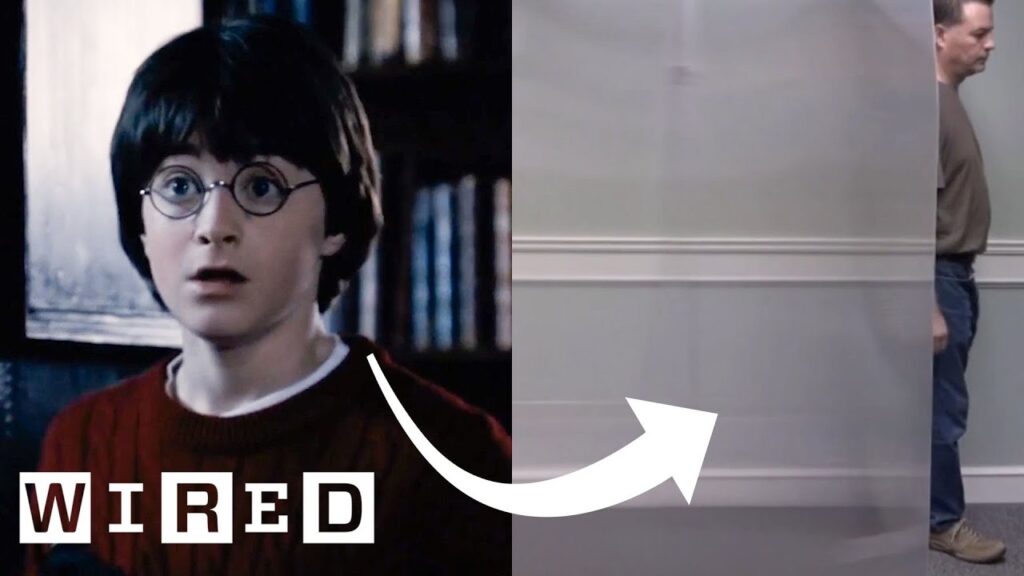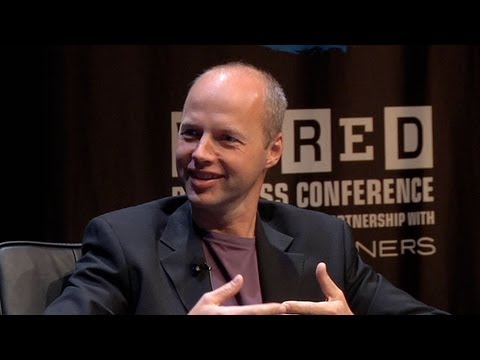The Real-Life Tony Stark: An Engineer’s Quest to Make Superhero Gadgets a Reality
Summary
Jake Laser, the real-life Tony Stark, spends his days engineering functioning superhero gadgets and inspiring his online audience to pursue their passions in science and technology. With over 500 projects completed in the past nine years, Laser’s love for creating devices that surpass human capabilities drives him to build prototypes that come alive on screen. His reliance on trial and error has proved fruitful, leading him to climb a 14-story skyscraper with a Spider-Man wall climber and to continuously strive towards developing impossible gadgets, such as a device that allows him to walk on water, swim underwater like Aquaman, and wield Captain America’s shield. The speaker shares their childhood memories and the importance of engineering in creating a better world while inspiring others to pursue their dreams.
Table of Contents
- The Significance of Making Realistic Superhero Creations
- Childhood Dreams to Reality
- How Science and Engineering are Superpowers
- Flawed Prototypes are a Part of the Process
- Aspiring to Make the Impossible Possible
Introduction
In a world where superheroes are admired and sought after, credibility is key to making them tangible in the real world. Jake Laser, also known as the real-life Tony Stark, is an engineer who is passionate about creating gadgets that surpass human capabilities. His online audience is enticed by the possibility of bringing magic to the real world through functional, realistic superhero creations. In this Q&A transcript, Laser shares his journey towards becoming a real-life superhero through his love for science and engineering, and how his quest to develop impossible gadgets keeps him inspired.
Q&A
The Significance of Making Realistic Superhero Creations
Q: Why is it important to make the videos look as realistic as possible to sell the story of the setting?
A: We want to inspire people to achieve greatness, and the best way to do that is through relatable superheroes. People are often inspired by animals, and by creating technology that mimics animal abilities, we can enable people to achieve feats beyond human capability. By making the videos as realistic as possible, we can prove to the audience that these superhero gadgets are achievable in the real world. We take pride in creating devices that are functional and can be used effectively.
Childhood Dreams to Reality
Q: Can you share your childhood memories and how they influenced your engineering journey?
A: Ever since I was young, I was fascinated by comic book superheroes and their abilities. I would often imagine myself as a superhero and dream of creating devices that could mimic their powers. I grew up reading comics, watching superhero movies and TV shows, and playing superhero video games. My curiosity led me to read books about science and technology, and I became interested in engineering. It was then that I realized that I could bring my childhood dreams to reality through science and engineering.
How Science and Engineering are Superpowers
Q: In your opinion, what makes science and engineering superpowers?
A: To me, the ability to create something that did not exist before and make it work is a superpower. Science and engineering can bring ideas to life and make impossible things possible. By using science and technology, we can create real-life versions of superhero gadgets, enabling us to overcome limitations in our own abilities. For example, through engineering, I was able to create a device that enabled me to climb walls like Spider-Man. Science and engineering are powerful tools that can allow us to achieve things beyond our wildest dreams.
Flawed Prototypes are a Part of the Process
Q: Can you elaborate on the trial and error process of engineering superhero gadgets?
A: Most of the time, creating superhero gadgets involves a lot of trial and error. We often have to build multiple prototypes before arriving at the final product. In fact, many of the prototypes are flawed and do not function as intended. However, through this iterative process, we are able to learn from our mistakes and continuously improve until we achieve a functioning prototype. For example, when I was creating the Spider-Man wall climber, it took me many iterations before I was able to successfully climb a 14-story skyscraper. Our failures are what allow us to learn and grow, and the trial and error process is a crucial part of engineering.
Aspiring to Make the Impossible Possible
Q: What motivates you to continue engineering superhero gadgets, and what goals do you hope to achieve in the future?
A: My passion for engineering and the excitement it brings is what motivates me to continue creating superhero gadgets. Seeing the final product in my hand, whether it’s a bouncing Captain America shield or a Spider-Man wall climber, is incredibly rewarding. I hope to inspire others to learn more about science and engineering, as I believe it gives people the superpower to create things that were previously thought impossible. In the future, I hope to develop even more impossible gadgets, such as a device that allows me to walk on water and swim underwater like Aquaman. The possibilities are endless, and I’m excited to see where my engineering journey takes me.
Conclusion
Jake Laser’s engineering endeavors serve as a reminder that science and technology can bring impossible things to life. His passion for creating functional superhero devices and inspiring others to pursue engineering is a testament to the power of dreams and perseverance. His story of bringing childhood dreams to reality through science and engineering serves as a beacon of hope for those looking to achieve the impossible.







